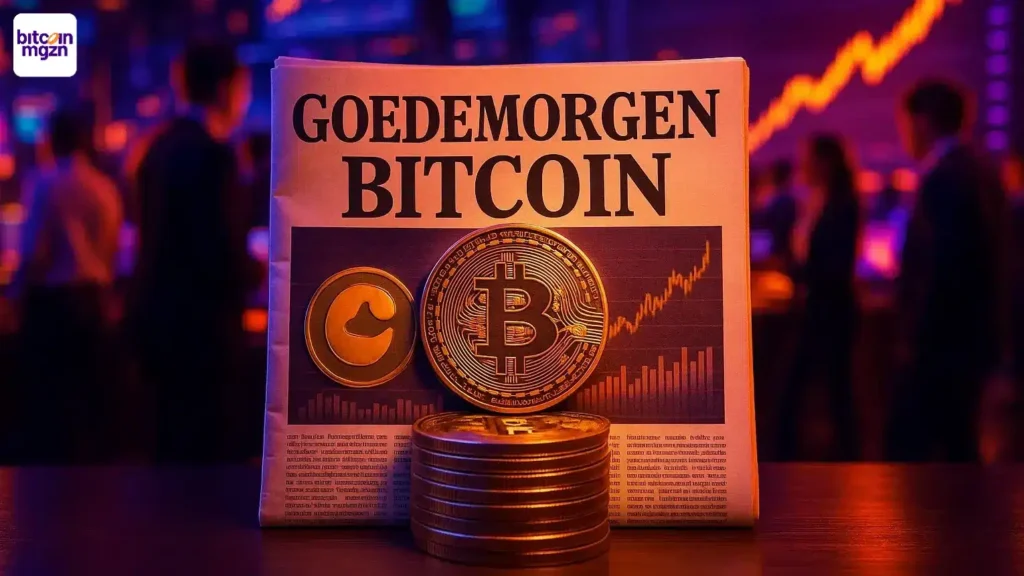U.S. banks slash prime rate to 7.25% following Fed meeting
Big U.S. banks have lowered their prime lending rate to 7.25%, down from 7.50%, after the Federal Reserve announced a 25 basis point rate cut on Wednesday, the first adjustment since December.
The change directly affects consumer and business loans across the country. According to Reuters, JPMorgan Chase, Citigroup, Wells Fargo, and Bank of America all implemented the new rate immediately following the Fed’s announcement.
The prime rate is what banks charge their most trusted borrowers, usually large companies. But it’s also the base for what everyone else pays; mortgages, small business loans, credit cards, and personal loans.
With this cut, borrowing gets slightly cheaper across the board. Inflation still isn’t under control. It’s above the 2% goal, and the impact of President Donald Trump’s tariffs remains uncertain.
Fed reacts to rising unemployment concerns
Richard Flynn, managing director at Charles Schwab UK, said jobless claims are at their highest in almost four years, despite the Fed originally planning to keep rates unchanged through the summer.
“Although the summer began with expectations of holding rates steady, the labor market has shown more signs of weakness than anticipated,” Flynn said.
Hiring has slowed because of uncertainty around Trump’s trade policy. Companies are hesitating to add staff, which is why job growth has nearly stalled.
As fewer people are hired, spending starts to shrink. And that’s when things start to unravel. That’s what the Fed is trying to get ahead of with this rate cut.
The cut also helps banks directly. Lower rates mean more people may qualify for loans again. During the previous rate hikes, lending standards got tighter.
Now, with cheaper credit, smaller businesses could get approved again. If well-funded businesses feel confident, they may hire again. That could eventually help the consumer side of the economy bounce back, but that’s still a big if.
Jamie Dimon, CEO of JPMorgan Chase, is not optimistic. Last week, he said that the true effects of tariffs, immigration policies, and Trump’s fiscal strategy are still unknown.
The tax-and-spending decisions made under Trump’s administration could bring unexpected consequences. Dimon didn’t say anything reassuring—he just made it clear the situation is still foggy.
David Solomon, CEO of Goldman Sachs, agreed. Speaking to CNBC, he said: “There’s no question in my mind that it’s having an impact on growth.” He was referring to tariffs, but the message was broader. No one running a major financial institution is confident about what’s next.
Fed board split while markets remain cold
The Fed vote to cut rates was almost unanimous. The only pushback came from Stephen Miran, who had just joined the board after being picked by Trump and confirmed earlier that same week.
He wanted a half-point cut, not a quarter-point. Before the meeting, there had been speculation that Michelle Bowman and Christopher Waller, both also appointed by Trump, would argue for a deeper cut too. But they ended up backing the smaller move.
Even though most of the board was on the same page, the markets didn’t respond much. Investors were waiting to see if Trump’s pressure for a 100 basis point cut would be answered. It wasn’t. The Fed chose a more cautious approach.
The Fed’s internal dot plot—which shows where board members see rates heading—revealed more uncertainty. Most of them expect only one rate cut in 2026. Traders were betting on more. That mismatch explains the weak market reaction.
Jerome Powell, the Fed chair, called the move “risk management.” That means the Fed didn’t act because things are already falling apart, but because they might soon. That’s not confidence. That’s hedging.
The smartest crypto minds already read our newsletter. Want in? Join them.
También te puede interesar

TSMC (TSM) Stock: Climbs as AI Demand Fuels 17% YoY Sales Surge

Acurast Airdrop Guide | How to Participate in the Acurast Questing?
